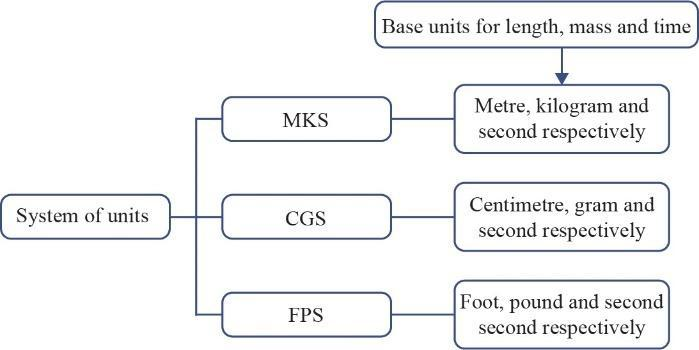Units and Measurements Questions and Answers - Free PDF Download
FAQs on NCERT Solutions For Class 11 Physics Chapter 1 Units and Measurements - 2025-26
1. Is a dimensionless quantity always unitless?
No, a dimensionless quantity can still have a specific unit. This common confusion arises because we often equate dimensions (like [M], [L], [T]) with units (like kg, m, s).
Dimensions refer to the fundamental nature of a physical quantity, while units are the standard measures for it. For example, the plane angle is a ratio of two lengths (arc length/radius), making it dimensionless with the formula [M⁰L⁰T⁰]. However, it has a clear SI unit: the radian (rad).
Similarly, the solid angle is dimensionless but is measured in steradians (sr). These are known as supplementary units in the SI system.
Therefore, being dimensionless relates to its fundamental physical nature, not its scale of measurement.
2. Are 'accuracy' and 'precision' the same thing in measurements?
No, accuracy and precision are two different indicators of measurement quality. Accuracy refers to how close a measured value is to the true or accepted value. Precision describes how close multiple measurements of the same quantity are to each other, indicating reproducibility.
3. Do NCERT Solutions for Units and Measurements just give the final answers?
Our NCERT Solutions provide detailed, step-by-step explanations for every problem, not just the final numerical answer. For every question, the solutions break down the required formulas, show the substitution of values, and explain the intermediate calculations.
4. Are there only seven fundamental units in physics?
Yes, the International System of Units is built upon seven fundamental or basic units. The seven base units are the metre (length), kilogram (mass), second (time), ampere (electric current), kelvin (temperature), mole (amount of substance), and candela (luminous intensity).
5. Do all physical constants have dimensions?
No, not all physical constants have dimensions; many important constants are dimensionless.
A constant's nature depends on the physical law it defines. The Universal Gravitational Constant (G), for example, has dimensions [M⁻¹L³T⁻²] because it relates force, mass, and distance. It is essential for the equation to be dimensionally consistent.
In contrast, constants like the fine-structure constant or Reynolds number are ratios of quantities with the same dimensions. Their units cancel out, leaving a pure number. These dimensionless constants are fundamental in more advanced areas of physics.
6. When adding numbers, should I use the least number of significant figures?
No, that rule is for multiplication and division. For addition or subtraction, the result must be rounded to the same number of decimal places as the measurement with the fewest decimal places. For example, 12.11 + 18.0 + 1.013 = 31.123, but it should be reported as 31.1.
7. Is the Free PDF download of solutions just a copy of a guidebook?
No, a Free PDF of NCERT Solutions by Vedantu is a carefully crafted resource by subject matter experts, designed to align perfectly with the latest NCERT textbook. Unlike generic guidebooks, these solutions are not just a collection of answers but a dedicated learning aid. They focus on the NCERT methodology, ensuring that the problem-solving techniques match what is expected in school and competitive exams.
8. Is it enough to only read the textbook theory for this chapter?
No, this chapter is highly conceptual, not just memorisation. It builds the foundation for all of physics with essential problem-solving skills like dimensional analysis, error calculation, and significant figures, which are applied in every subsequent chapter. Practice is key.
9. Are derived units less important than fundamental units?
No, derived units are equally important as they represent complex physical quantities essential for describing the world. While fundamental units are the building blocks, derived units like Newton (for force) or Joule (for energy) give practical meaning to physical laws and formulas.



























